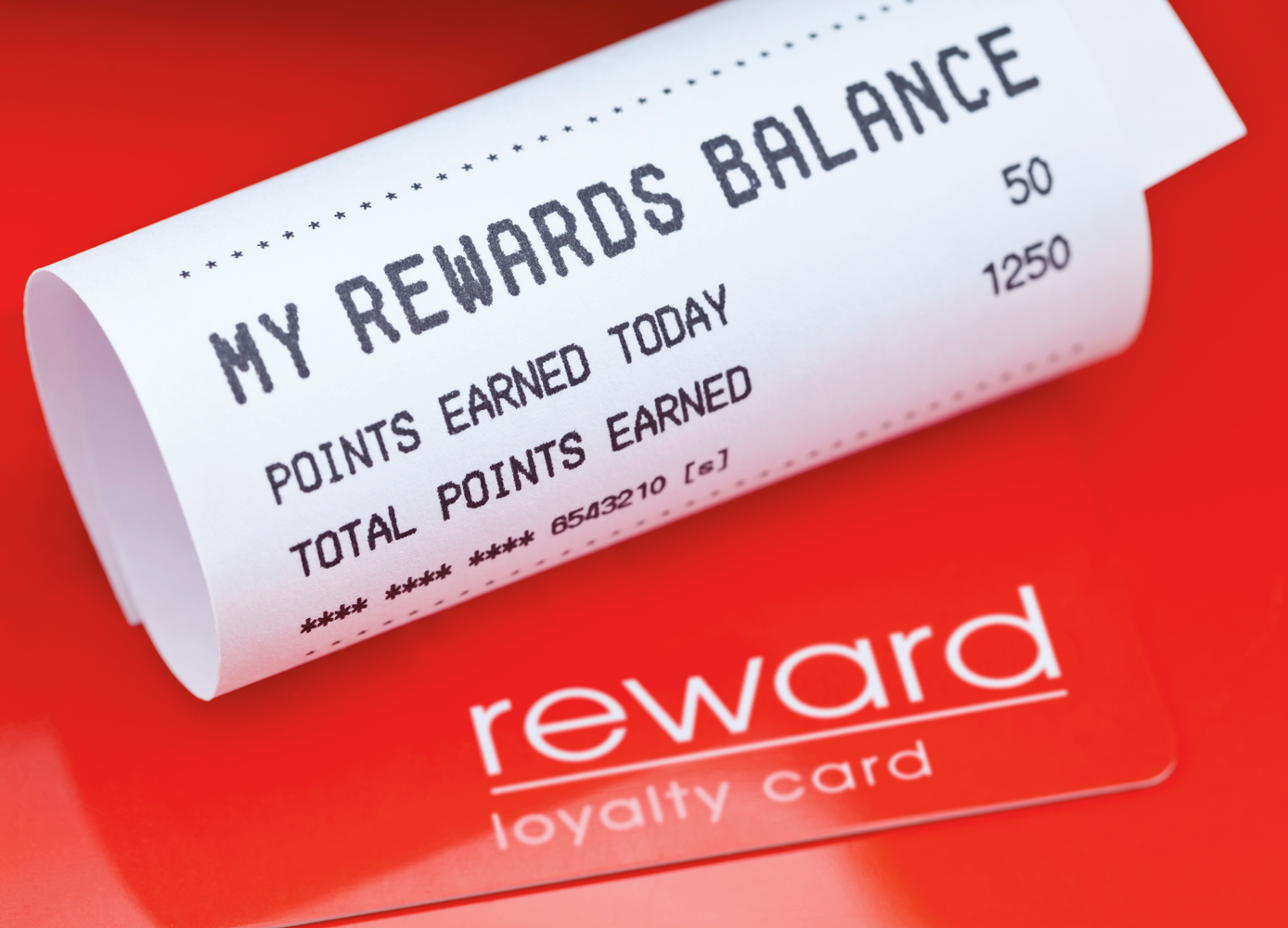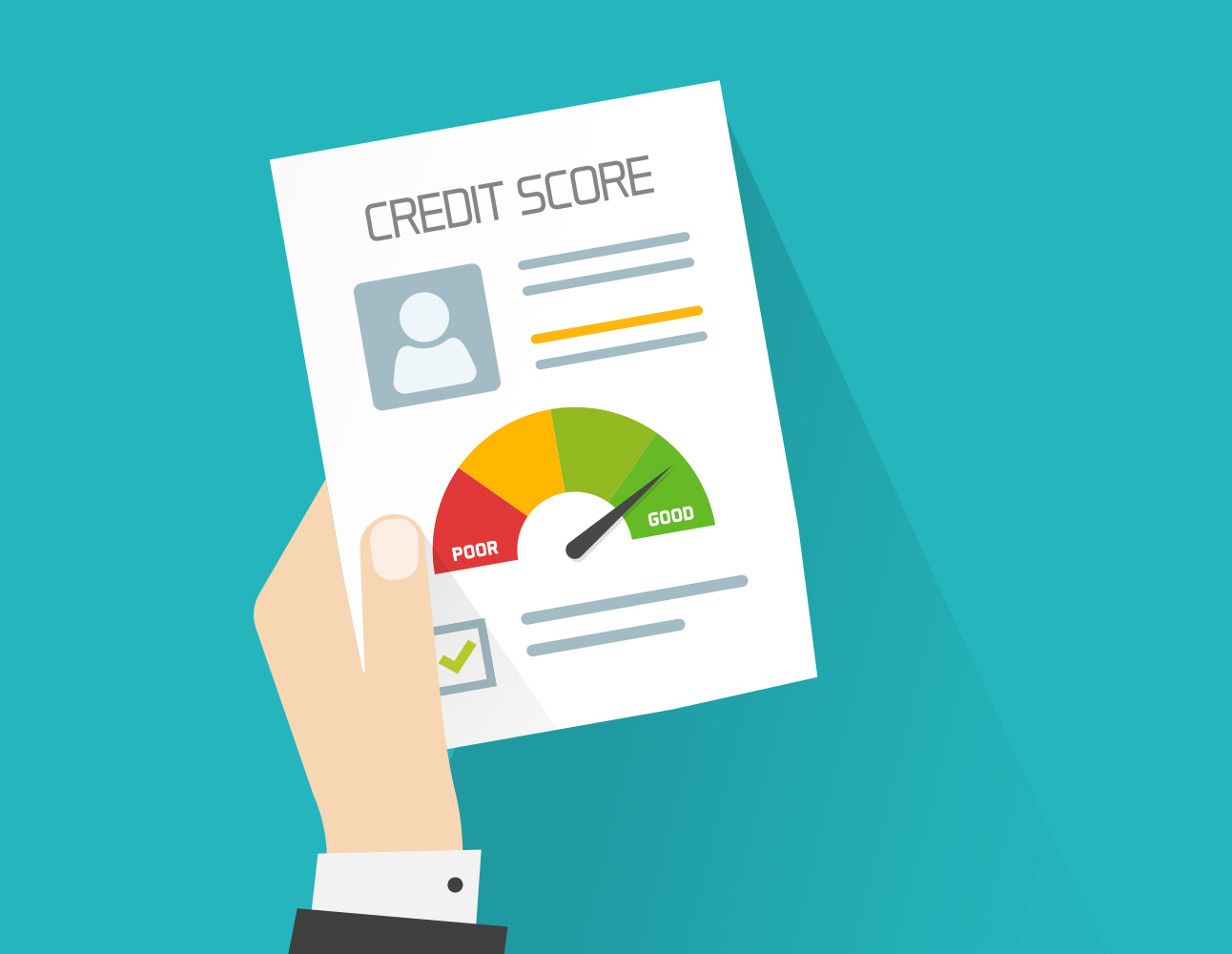Almost three-quarters of the payments in Canada in 2018 were electronic
By Jennifer Hughes
Will that be cash, credit, or debit? For most of us, the answer isn’t likely to be cash. According to Payments Canada’s annual Canadian Payment Methods and Trends report, debit card transactions in Canada outnumbered cash transactions for the first time in 2018—by a score of six billion to 4.5 billion. And Canada is the country with the second highest volume of credit cards per capita in the world, after South Korea.
Though most of us grew up making paper-based transitions, such as writing cheques, those are quickly becoming a thing of the past, though the report observed that there’s still a use for cheques—20% of cheque and money-order users pay their rent with a cheque. In 2018, nearly three quarters (73%) of total payments were made electronically.
According to the report, contactless payments and prepaid cards are trending upward among Canadians. Contactless payments—which increased by 30% from 2017 to 2018—can be made using a mobile device or by tapping a debit or credit card on the payment terminal (instead of sliding it into the reader or inserting its chip). According to the report, almost 35% of Canadians made contactless payments using a mobile device in 2018.
“There has been a remarkable transition from paper-based to digital payments over the last five years, but there is still a huge opportunity and need to advance Canada’s payments landscape,” Cyrielle Chiron, the head of research and strategic foresight at Payments Canada, said in the report. As more and more transactions are made digitally, it’s important that consumers and businesses feel that their money is secure and they can quickly access it at any time.
Payments Canada is an organization with members that include the Bank of Canada, charter banks, credit unions, and other financial institutions, and is overseen by the Minister of Finance.
Photo: iStock/jasantiso.





